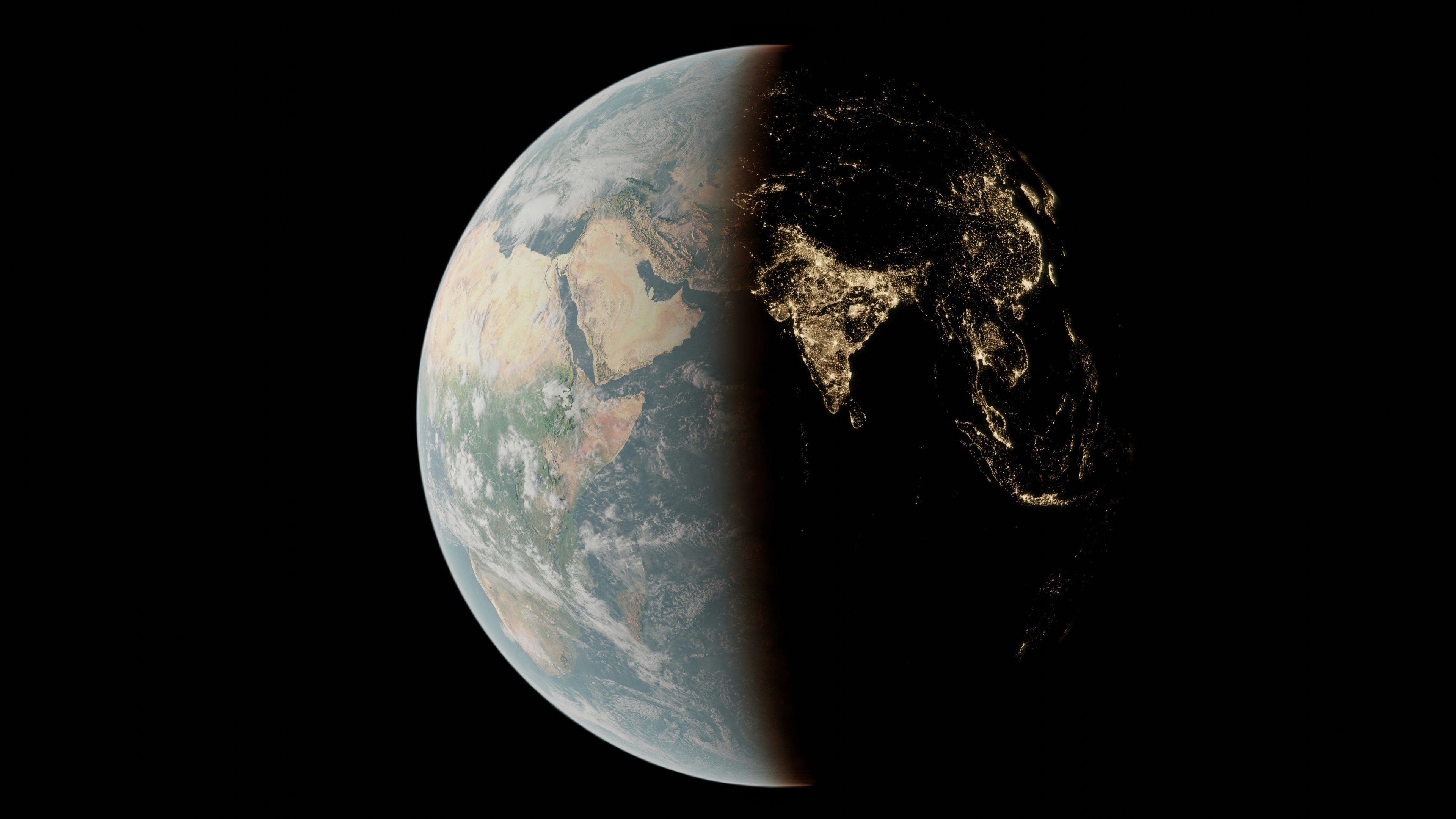
As the ages pass, the Moon slowly drifts away from the Earth. In conjunction, the length of our day gradually gets longer. For the first time, astronomers have been able to estimate the length of the day and the distance to the Moon as it was almost two and a half billion years ago.
Back then, our day was only 17 hours long.
The Moon used to be so much closer

As the Moon orbits the Earth, it raises tides. These bulges stretch in the direction of the Moon and on the opposite side of the Earth. But the Earth is also spinning, and that rotation brings the bulge of the tide forward with respect to the current position of the Moon. This lump gives an extra gravitational tug to the Moon, like an invisible leash pulling on our satellite. That gravitational tug boosts the Moon into a more distant orbit.
“Today, this distance is around 384,300 kilometers. On average, of course, because the Moon doesn’t make a perfect circle around the Earth; its orbit is an ellipse. During the time interval that we studied, the Earth-Moon distance was a lot shorter: around 321,800 kilometers,” says scientist Margriet Lantink in a statement.
That means the Moon was about 62,000 kilometers closer to Earth, or 38,525 miles — 22,000 or so Golden Gate Bridge lengths.
But the energy to boost that orbit has to come from somewhere, and it comes from the rotation of the Earth. In the distant past, our day was much shorter as the Earth spun faster on its axis. But with every day that passes, it gets longer and longer.
Astronomers have known about this for quite some time and have used geologic records to estimate the length of the day in the past. But there’s a limit to what those records can tell us. New research has turned to a different kind of geologic record to estimate the length of the day.
How they did it — The researchers studied banded iron formations in sedimentary rocks in Western Australia. In these kinds of formations, iron-rich layers alternate with more clay-like layers. The Earth’s climate determines the shape of these patterns. The Earth’s climate goes through several different variations, including one called the Milankovitch cycle, which is determined by the Earth’s orbit and the length of the Earth’s day.
Scientists could reconstruct the length of the Earth’s day when these formations were laid, 2.46 billion years ago. They found that at the time, the day lasted only 17 hours, much shorter than the current 24.
The current distance to the Moon gives us the very special phenomenon of total solar eclipses. This can only be possible if the apparent size of the Sun and the Moon are the same in our sky. While that’s true for now, in a few hundred million years, the Moon will be too far away, and it will be too small to give us total solar eclipses. So enjoy them while they last.
This article was originally published on Universe Today by Paul M. Sutter. Read the original article here.







